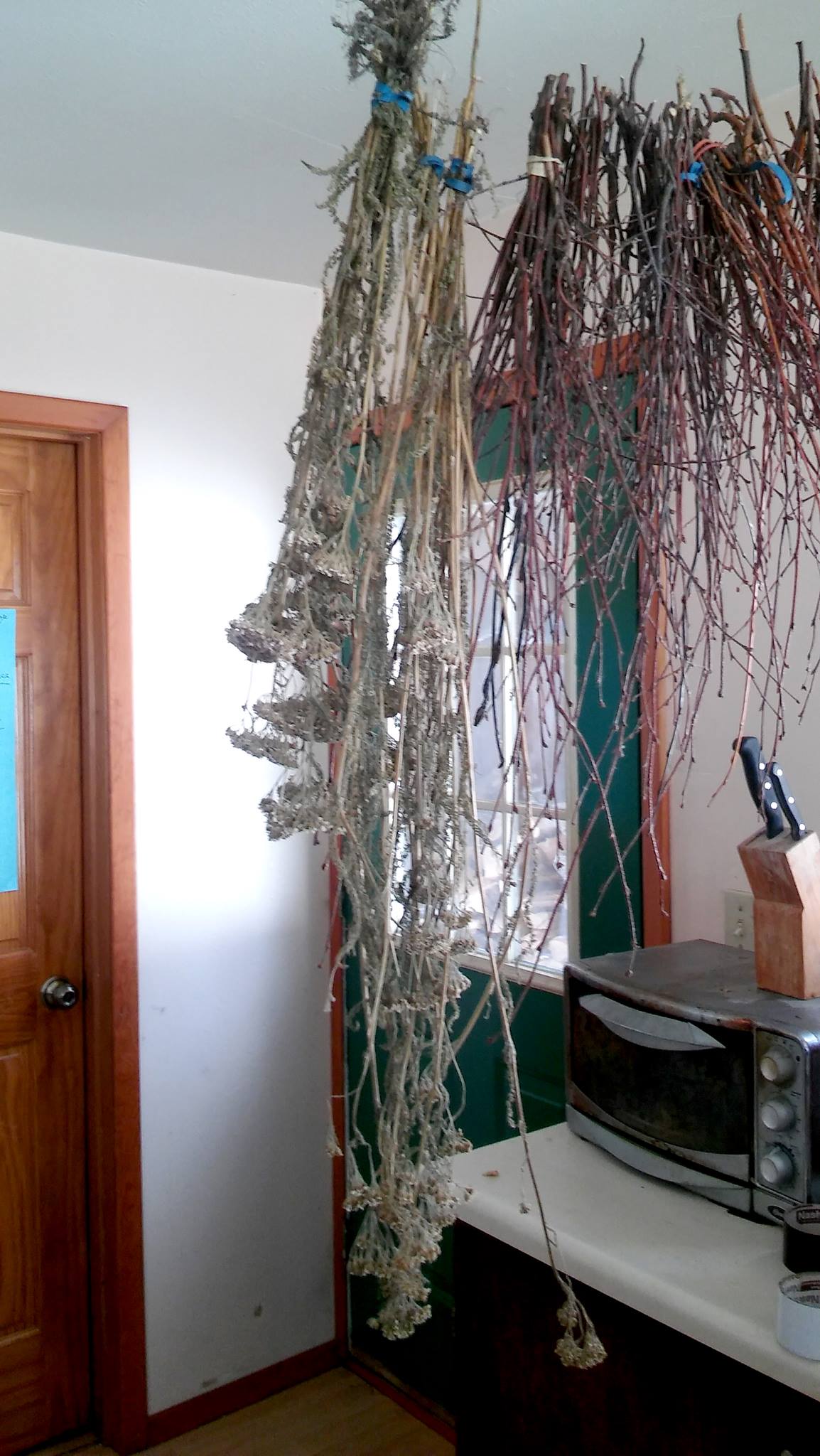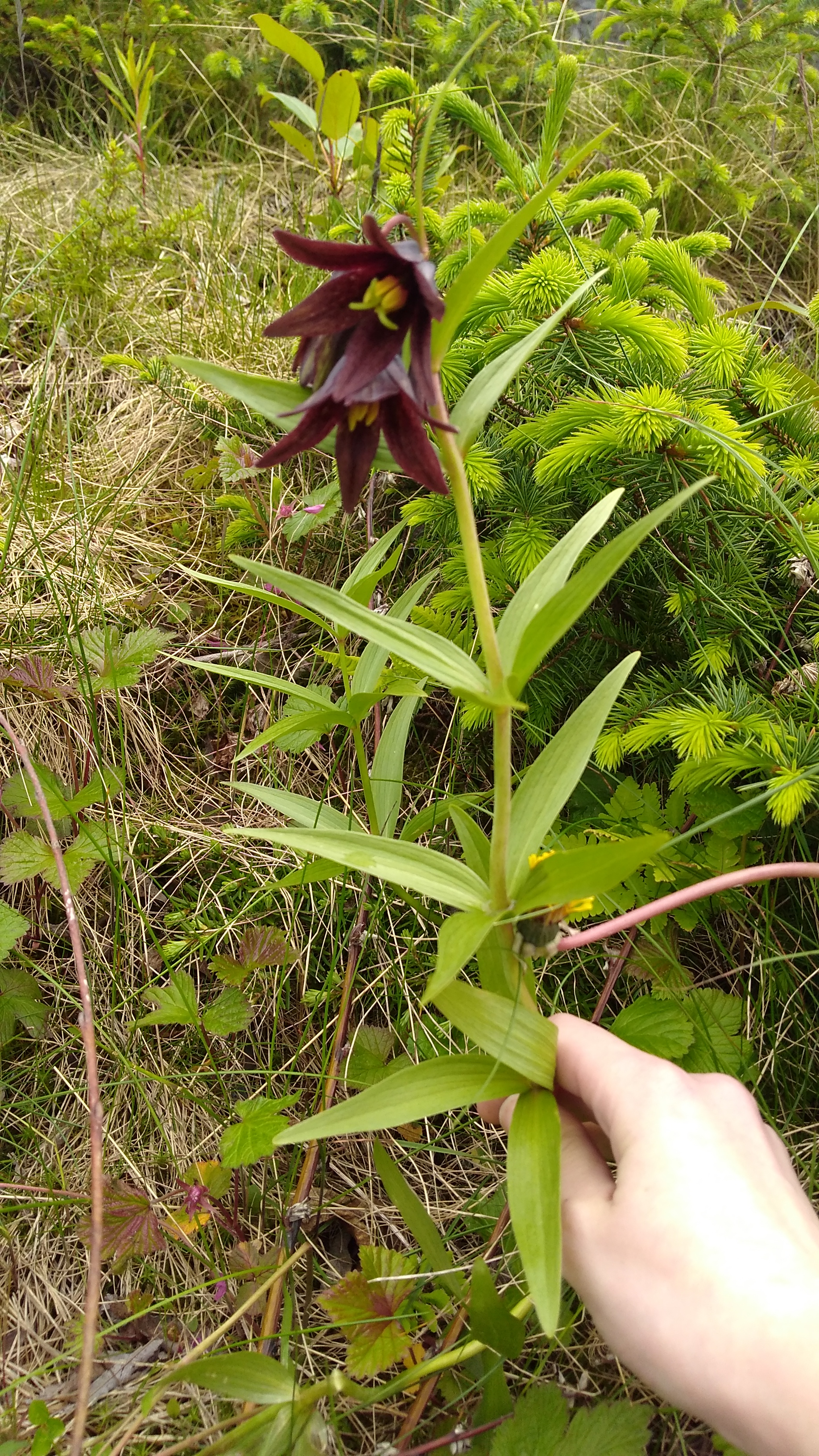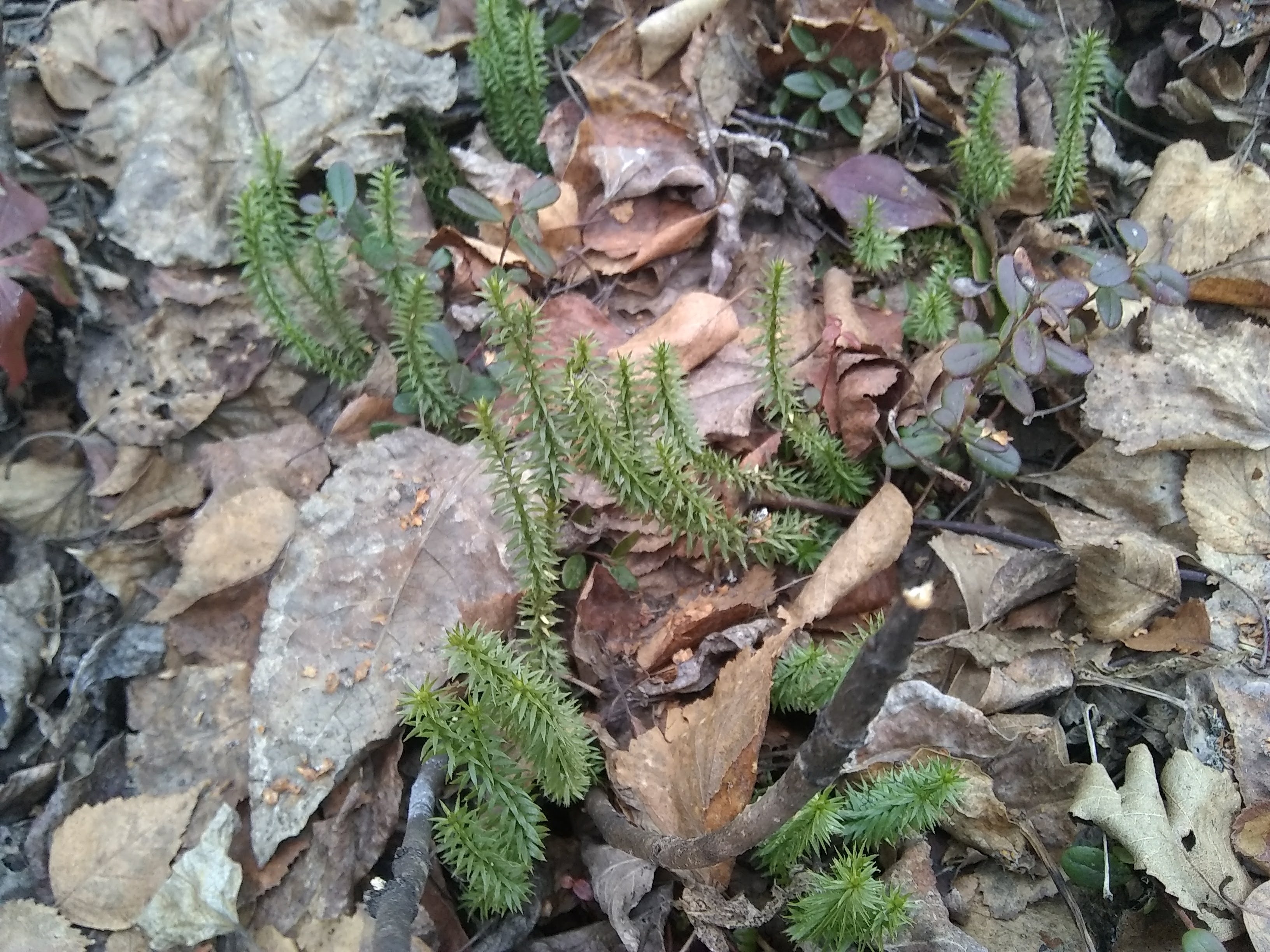During the winter, you’ll probably be using dried herbs in your preparation (or frozen if you’ve gone that route of preserving your herbs). But in the summer, you’ll have access to a bunch of fresh herbs to make your concoctions with. How do you use them? What kind of preparations do you need to do for each kind?
Fresh

Depending on what you’re going to use it for, you’re going to wilt it a little or put it directly into the concoction. Clear as mud, right? Really, there’s only one way that you would want to wilt it and that’s with infusing oils. The risk you run with using fresh herbs is that it will mold. How you combat that if you want to jump right in is to cover the lid with cheesecloth or some other breathable material to let the water escape. With tinctures, you don’t need to wilt as the alcohol should prevent the herbs from molding. There are also some herbs that don’t have a long shelf life and need to be used within six months. Those are best prepared as a tincture. Some of these herbs include chickweed, most flower petals, and pineapple weed. Preparations you can use fresh herbs for: teas, decoctions, tinctures, oil infusions, liniments, and poultices.
Dried

You generally don’t need as much as you need with fresh. Essentially, you can use about a third to half as much as fresh, depending on the method you’re using. Most barks and roots are strong enough that you can dry them. You can dry them using a couple of different methods. The first is to use a dehydrator. Using a dehydrator, make sure that it has a temperature control and a fan, to keep the air circulating. Make sure, also, that the temperature does not go above 95* F. If you dehydrate/dry at too high a temperature the plant will lose its potency. Another way you can dry your herbs is bundle them, tie them together and hang upside down on a string or hook. You can also make a low-cost dehydrator by making a box with drying racks that go in it. The drying racks can be made using screen material. As long as the material you use lets air pass through easily, you can use it. Then, you just lay them on the drying racks in a dark, cool place. You can even rotate the racks daily so that they dry more evenly. Some things you can use only dried herbs for: capsules, lozenge, and I prefer using dried for infusing oil.
Bonus: Frozen herbs! Obviously, you’ll want to let the plant thaw. Then, you’ll want to let it wilt a little if you’re going to put it in oil. You can find more about freezing herbs for medicinal use in this article.

Thanks for reading! I hope you learned something that you’ll be able to use.
~Feel better naturally, the Alaskan way~





You publish a very professional newsletter. It is beautiful! Thank you for the helpful information. It’s greatly appreciated.
Have a great Christmas and New year.
Love to you and Jason, Marilyn Sears
Thank you so much Marilyn. I’m glad you find my newsletter helpful! Merry Christmas and Happy New Year!